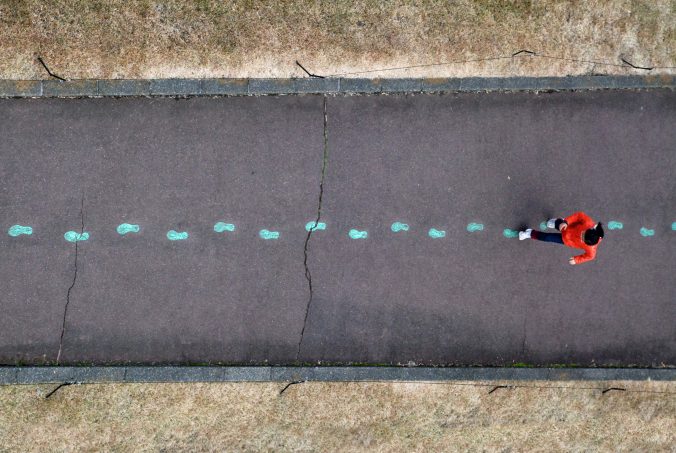Today Jesse Miller came in and spoke passionately about the possibilities available to us in terms of tech. FIPPA is a good resource to access, but I feel relatively aware of the risks and how to mitigate them. One important factor is to understand the network you are on, and that what you do on private networks can be seen by the operators of that network. Another thing to be vigilant about is your general impression in public and that people may be capturing your image and sharing it broadly. I think it is interesting to think about our relationship with technology, and I really appreciated Jesse’s very human approach; the issues that are uncovered and brought up thanks the the use of these networks.
Network citizenship means we have a proactive and meaningful engagement with the world through a media platform. It is important that we recognize that responsibility because the internet sometimes seems to make its own rules and we have to understand our moral approach to how we use it.

Recent Comments